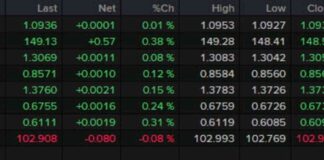McDonald’s, known for its iconic Big Mac, has become a global phenomenon since its early days of strict food preparation and cleanliness rules. In the 1960s, McDonald’s stood out from other restaurant chains by enforcing these rules with zeal, setting a standard for the industry.
One interesting way to measure the affordability of Big Macs around the world is through the Big Mac Index. This index, created by The Economist, compares the prices of Big Macs in different countries to determine the purchasing power parity of their currencies. The idea is that a Big Mac should cost the same everywhere when converted to a common currency.
For meat-eaters looking for affordable Big Macs, it may be best to avoid Argentina. The country’s currency struggles have resulted in high prices for Big Macs compared to other nations. This is just one example of how the Big Mac Index can provide insights into the economic conditions of different countries.
The Big Mac Index is a fun and simple way to understand exchange rates and purchasing power across the globe. It may not be a perfect measure, but it offers a unique perspective on the world of economics.
In conclusion, McDonald’s success can be attributed to its early commitment to quality and cleanliness standards. The Big Mac Index is a creative tool that sheds light on currency values and economic conditions in various countries. Next time you bite into a Big Mac, remember that it’s not just a tasty burger – it’s a symbol of global economic interconnectedness.

















